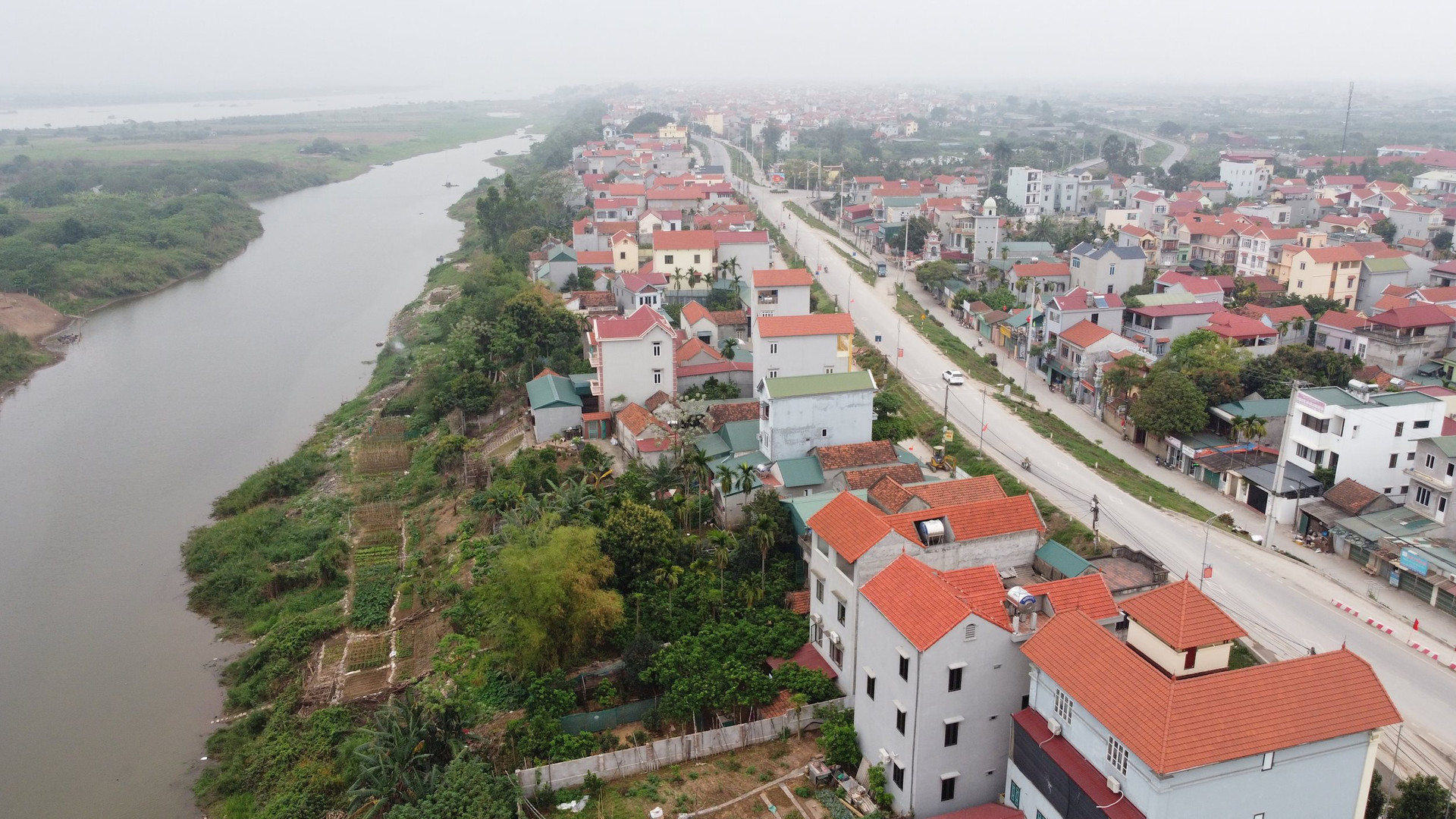
The draft Law on the Capital (amended) was commented on by the National Assembly at the First Session of the 7th Session of the 15th National Assembly. Immediately afterwards, Vice Chairman of the National Assembly Nguyen Khac Dinh organized a meeting with the Standing Committee of the Law Committee, the drafting agency, relevant agencies and Hanoi City to reach an agreement on the content of the explanation, acceptance and revision of the draft Law. Currently, the draft Law is being urgently received and revised by the Government and the National Assembly Standing Committee to submit to the National Assembly for approval on June 27.
Developing the Red River as a green axis, the center of the Capital
The report on explanation, acceptance and revision of the draft Law on the Capital (amended) shows that, regarding the management and use of land at river banks and floating beaches on diked rivers (Articles 17, 18, 21, 32), there are opinions suggesting expanding the scope of construction permits at river banks and floating beaches if it is consistent with the planning. At the same time, it is suggested that before the Hanoi People's Committee approves investment projects to build works at river banks and floating beaches, it is necessary to seek the opinion of the Ministry of Agriculture and Rural Development (MARD).
Regarding the above issue, the Standing Committee of the Law Committee finds that: The Capital Planning Projects and the Capital Master Plan all include the content of developing the Red River as a green axis, the central landscape axis of the Capital, the heritage axis, cultural tourism connecting the Capital region and the Red River Delta region as one of the strategic and core viewpoints for the development of the Capital. The requirement to use available land funds at river banks and floating banks on dike-covered rivers in Hanoi effectively, both promoting cultural, economic and tourism values and ensuring the requirements of natural disaster and flood prevention is extremely necessary.
In fact, the city has developed a number of plans to plan and develop the Red River section through the city, but has encountered many obstacles in the implementation process. One of the reasons is that the existing plans for flood prevention and control, plans for dykes are slow to be studied and adjusted, and there are some legal barriers related to dyke protection.
Based on the opinions of National Assembly deputies and the opinions of the Ministry of Agriculture and Rural Development, the draft Law has been accepted and revised in the direction of allowing the construction of new dikes in accordance with the flood prevention and control planning of diked rivers and dike planning. Existing residential areas are allowed to exist on river banks, and new construction and housing are allowed to be built at appropriate rates to ensure compliance with approved plans. The remaining river banks and floating areas are allowed to build works for public spaces, but the river banks and floating areas are not elevated to ensure that they do not obstruct the flow and construction of works permitted under the law on dikes (Clause 2, Article 17).
In addition, the City People's Committee is authorized to approve investment projects for construction works in this area according to the procedures prescribed by the City People's Council (Clause 7, Article 18). During the implementation process, if it is deemed necessary to consult with specialized ministries, the city will proactively implement it without making it a mandatory procedure in the Law. Higher-level state agencies will exercise the right to inspect, examine and handle violations if violations are detected.
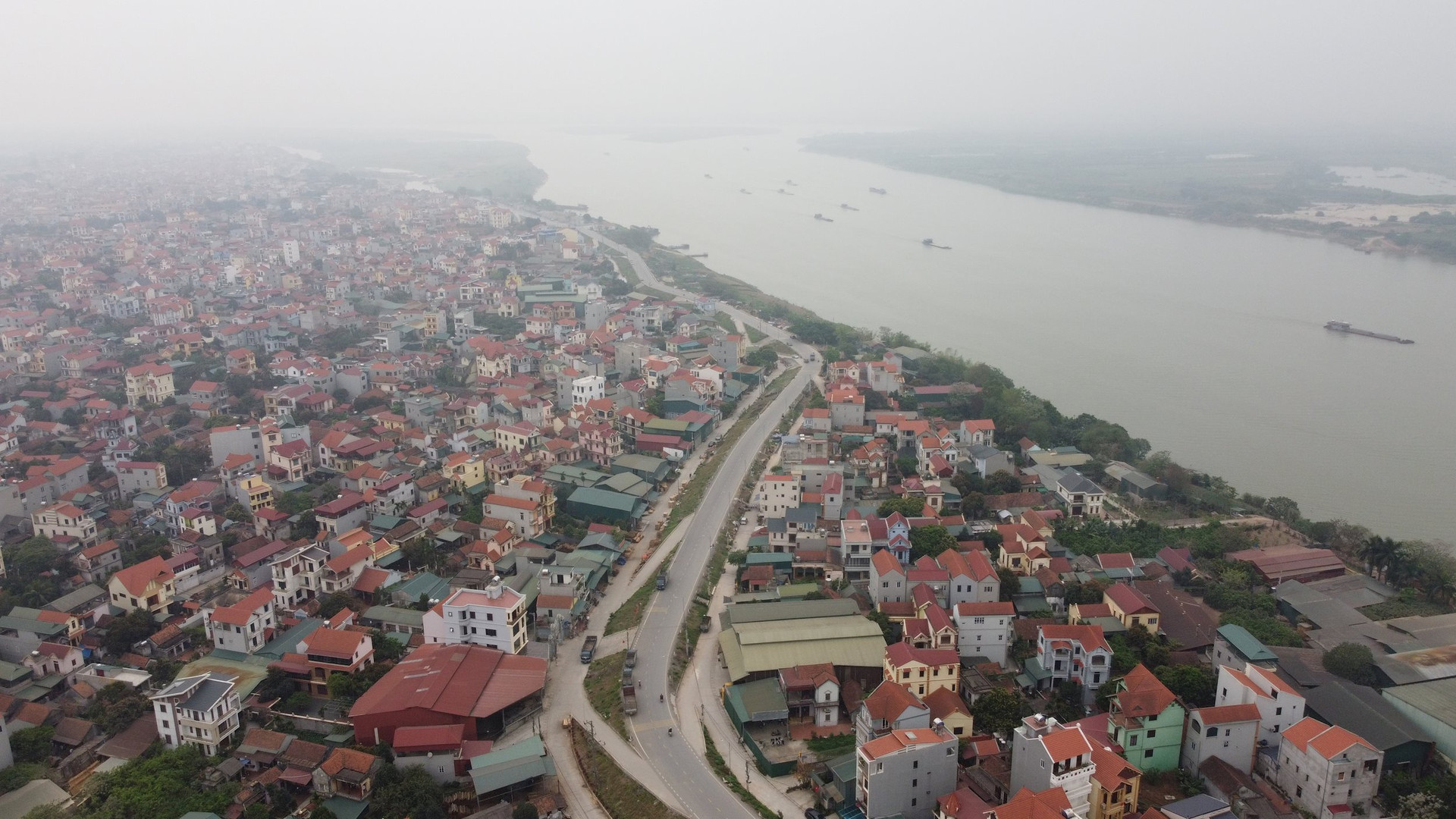
Consider the flow of the Red River
Thus, if passed, the amended Capital Law will allow existing residential areas to exist on riverbanks, and new constructions and houses to be built at appropriate proportions to ensure compliance with approved plans. The remaining riverbank and floating areas are allowed to build works for public spaces and works serving public purposes.
However, regarding Article 21, Clause 6, which allows the construction of cultural industrial centers on river banks, alluvial flats, and floating flats of the Red River and other areas with geographical advantages and cultural space suitable for planning, Mr. Pham Van Hoa - Member of the National Assembly's Law Committee suggested that Hanoi consider the river banks, alluvial flats, and floating flats of the Red River. Because it will greatly affect the flow, ecological environment, and people's lives.
Regarding the above issue, Associate Professor, Dr. Nguyen Chi My - former Director of the Hanoi Institute for Socio-Economic Development Studies said that if the National Assembly allows and approves, Hanoi will calculate to implement, otherwise it is a waste to leave it as it is now. The problem is to take advantage of resources for both economic and environmental development, security and order. The policy is to exploit both banks of the Red River. It is necessary to use all resources to focus on developing a green, smart Hanoi so that by 2030, Hanoi will become a "Cultured - Civilized - Modern" City. "When doing something, there are always two sides, not just one side. Because implementation is also related to the Law on Dikes, other laws, and the issue of water flow. Therefore, National Assembly delegates will consider, review and decide on the above issue" - Mr. My said.
Meanwhile, Dr. Architect Dao Ngoc Nghiem - Vice President of the Vietnam Urban Planning and Development Association said that this is an issue with sufficient legal basis. The zoning plan on both sides of the Red River determines the area, the floating land, and the riverside land. The current complicated problem is the changing water level of the river, how to ensure safety for different water levels, not to mention the sustainability of the project when the water level drops below the warning level. How to exploit it without being affected is a difficult problem.
It is believed that the concerns of a few National Assembly members are well-founded. However, according to Mr. Nghiem, if the two banks of the Red River are developed, green space will also be developed. Because the Red River is in contact with Hanoi for more than 120km, but the 40km central area is lacking in green space and entertainment areas. Normally, it must reach 2m2 for people to access, but it is currently very low, only over 1m2. The same is true for public green space, normally according to regulations it must reach 7m2/person. In Korea, Paris (France) is more than 20m2/person, while we are only over 4.5m2/person. This is very low compared to Vietnam's regulations, even lower than other countries. Therefore, increasing green spaces is necessary, because it serves to improve life, partly relieve current climate change and at the same time create a higher quality of life for people.
According to Mr. Nghiem, there were nearly 20 projects from other countries in the Red River sandbank in the past, but they were difficult to implement due to the huge capital. Especially the technology can ensure effective exploitation in all situations of water level. Many American projects planned to participate in Thuong Cat sandbank. Meanwhile, China, the Netherlands, and Italy participated in the sandbank in the middle of the Red River. They have researched very carefully, implemented projects serving entertainment, recreation, and diverse cultural parks, but they were not approved. The water level changes a lot, the lowest water level in the Red River is level 2 compared to sea level, and the highest level is level 13, meaning a difference of more than 10m. We have cooperated with the Netherlands to study floating structures, but where is the capital to implement them? Very difficult!
“The Red River flows through Vietnam for 500km, of which 120km flows through Hanoi, the rest through other provinces. When the water level changes, if we build a dam to hold water for Hanoi or drain water to make Hanoi safe, other provinces will be affected. Therefore, the similarity between provinces and Hanoi is a matter of regional relations, is there priority? or is it about the equality of provinces?” - Mr. Nghiem said.
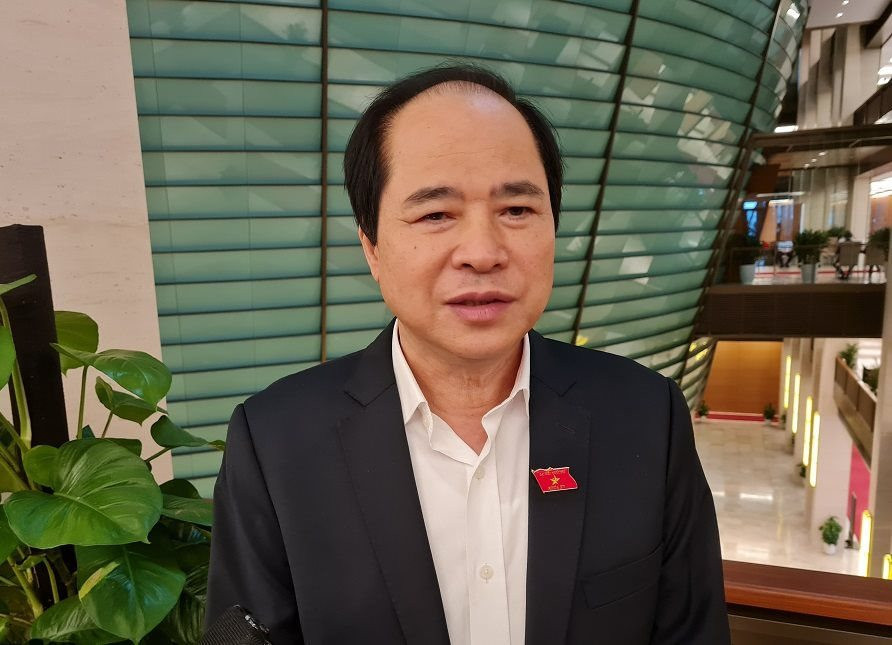
According to Mr. Truong Xuan Cu (National Assembly member of Hanoi delegation), to carry out the construction on both sides of the Red River, it is necessary to re-plan. Later, the dike and open space will be concreted to allow the flow of water. We have invited foreign experts to re-plan. It will ensure flood drainage and flood prevention while still building a riverside city. If developed, it will contribute greatly to the development of the capital. First of all, it will promote the value of the "golden" land fund - the driving force of development. Second, when planning, it will attract foreign investors to invest, in the future we will have a very spacious, modern and civilized riverside city, comparable to cities of other countries. Without the highlight along the Red River, Hanoi will hardly be impressive.
“Currently, the vacant land on both sides of the Red River is extremely large, with an area of millions of hectares. When re-planning, we will have an extremely large land fund, attracting investors. Currently, Korea has several large investors who want to carry out projects. Hanoi is inherently golden land, if both sides of the Red River are re-planned, it will be very beautiful. Shanghai, China, will become the most beautiful city in the world in the future, 300,000-ton ships can still enter, and buildings on both sides have 60-70 floors to over 100 floors. At night, looking down along both sides of the river is extremely beautiful. Our Red River must also have such a vision and future. We must have aspirations, although the resources are large, but for the long-term scale and civilization of our country, we need to calculate, deploy, and implement,” said Mr. Cu.
Source: https://daidoanket.vn/hien-thuc-hoa-giac-mo-song-hong-10283482.html



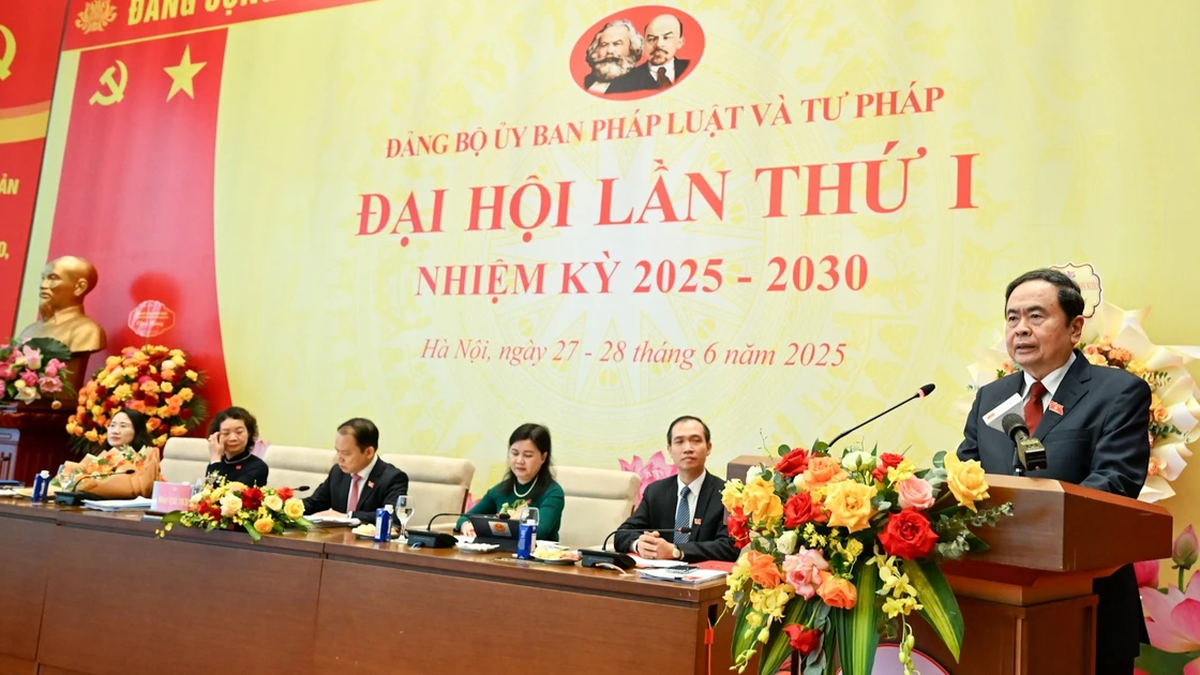

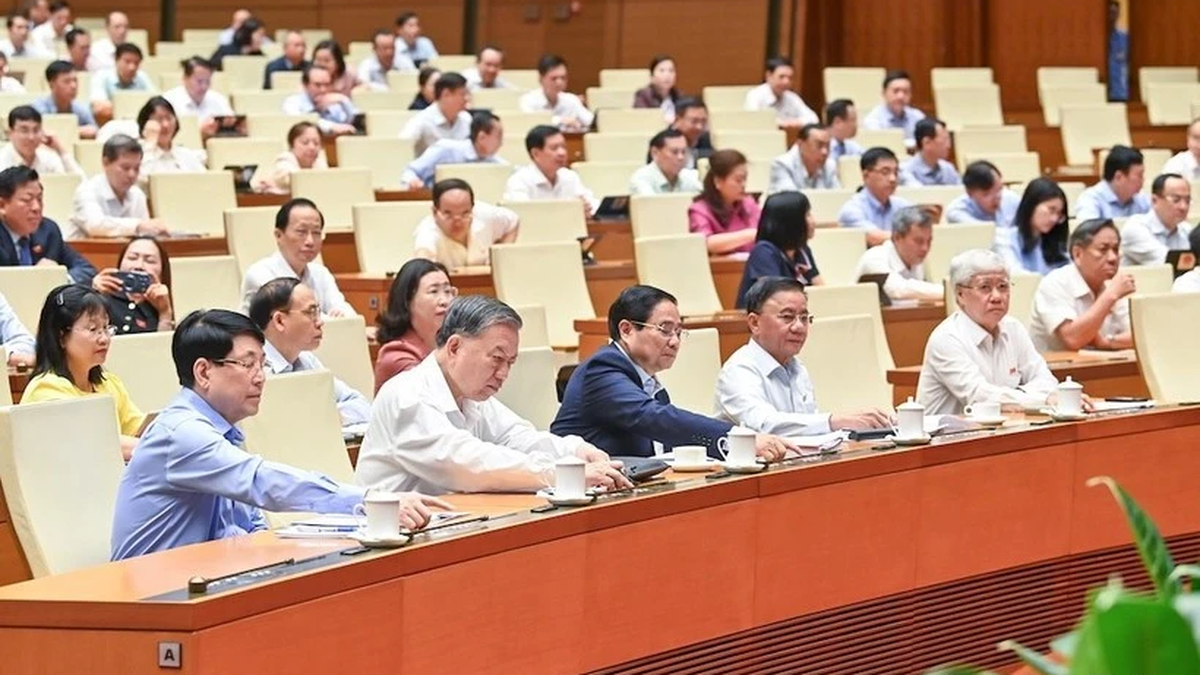


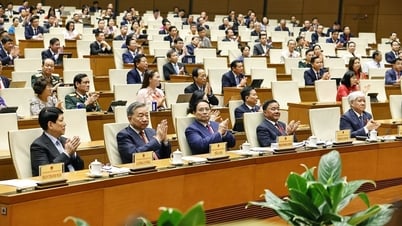




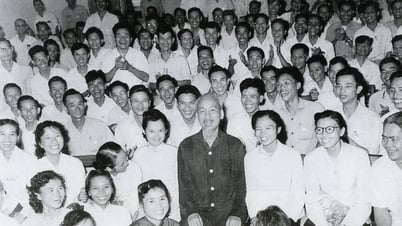










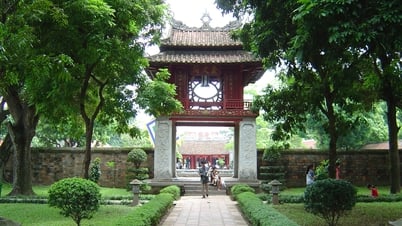

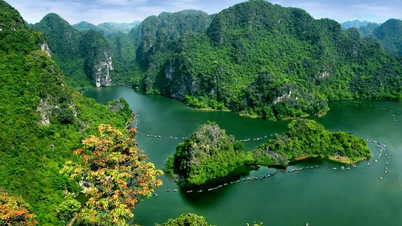
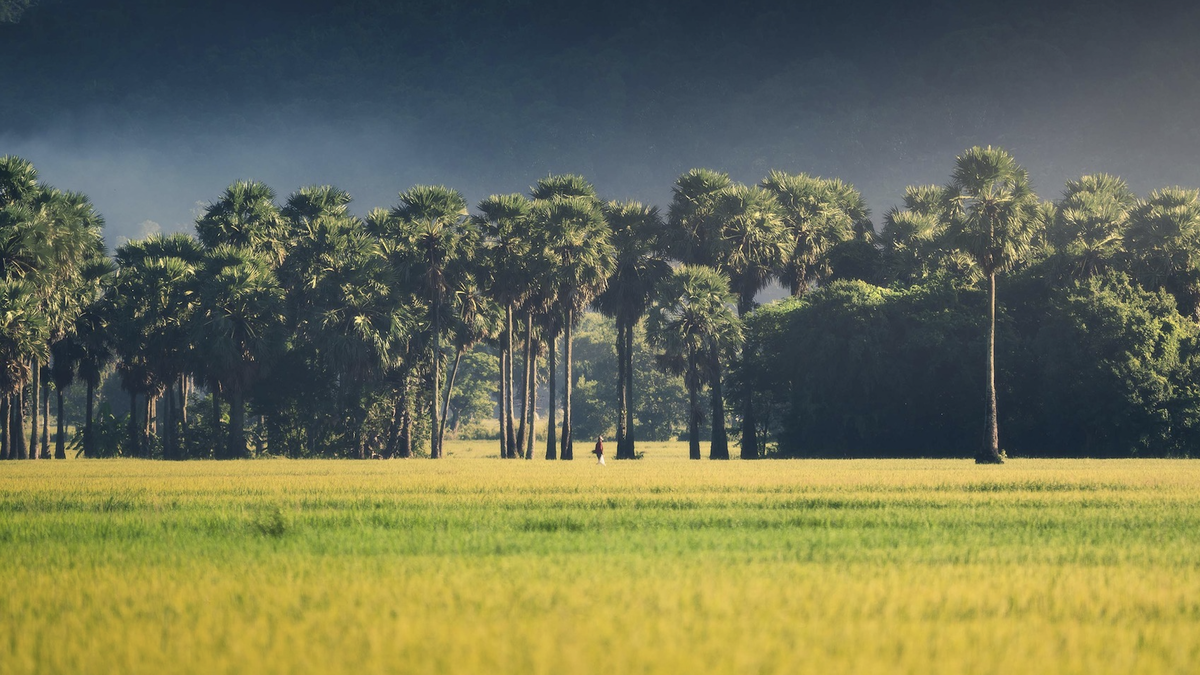

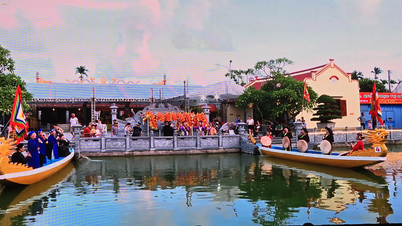

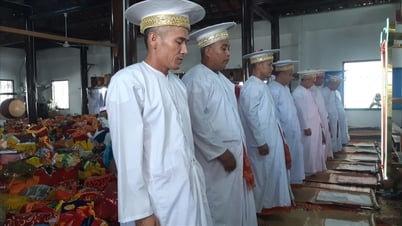

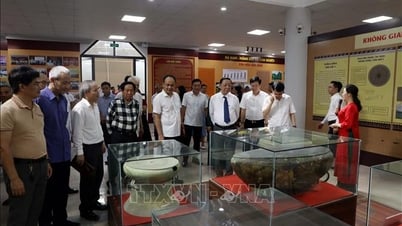





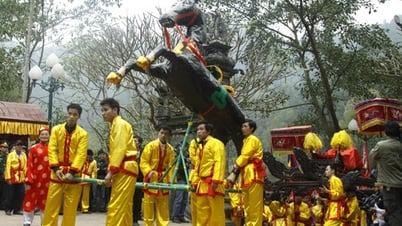



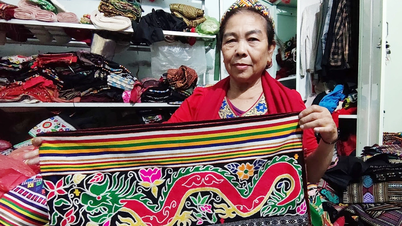
















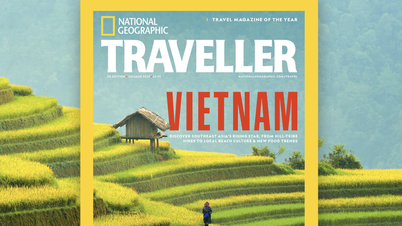
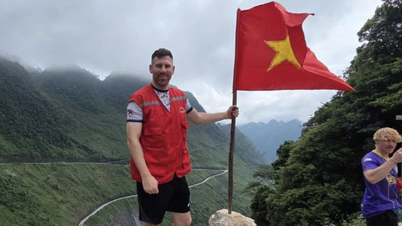






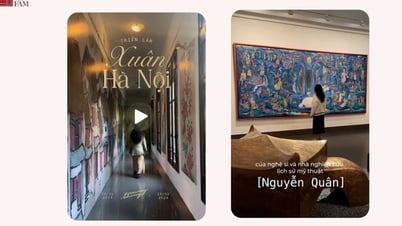

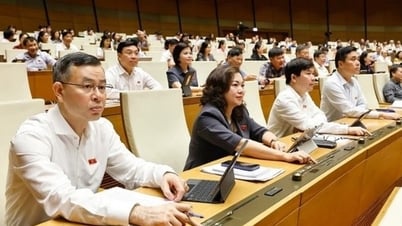

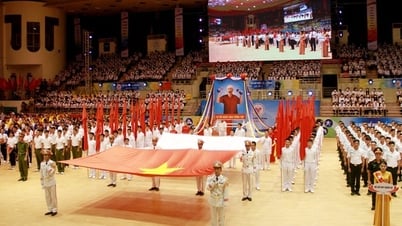

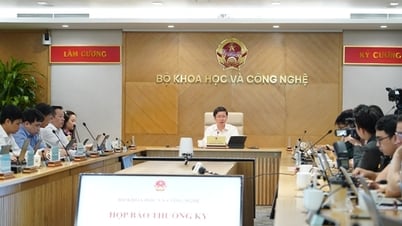

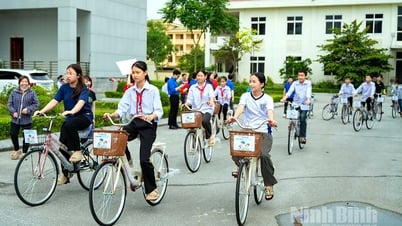



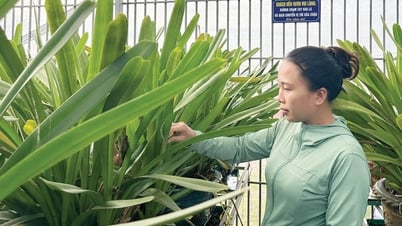


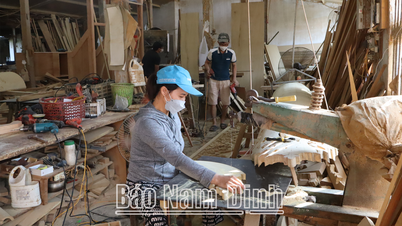
















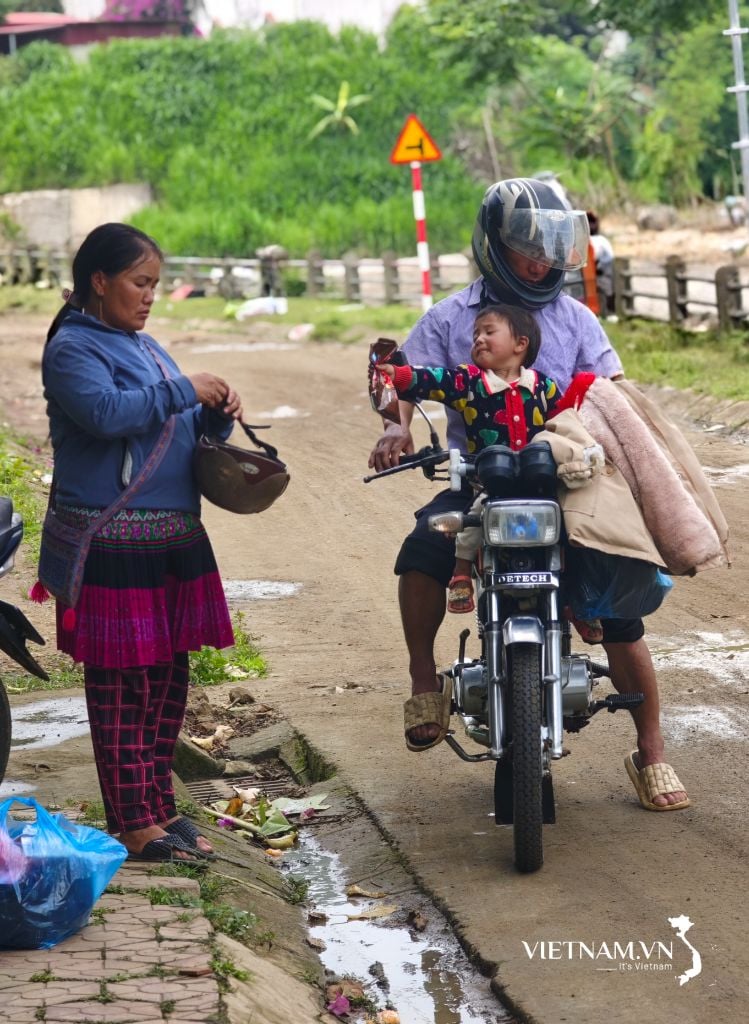
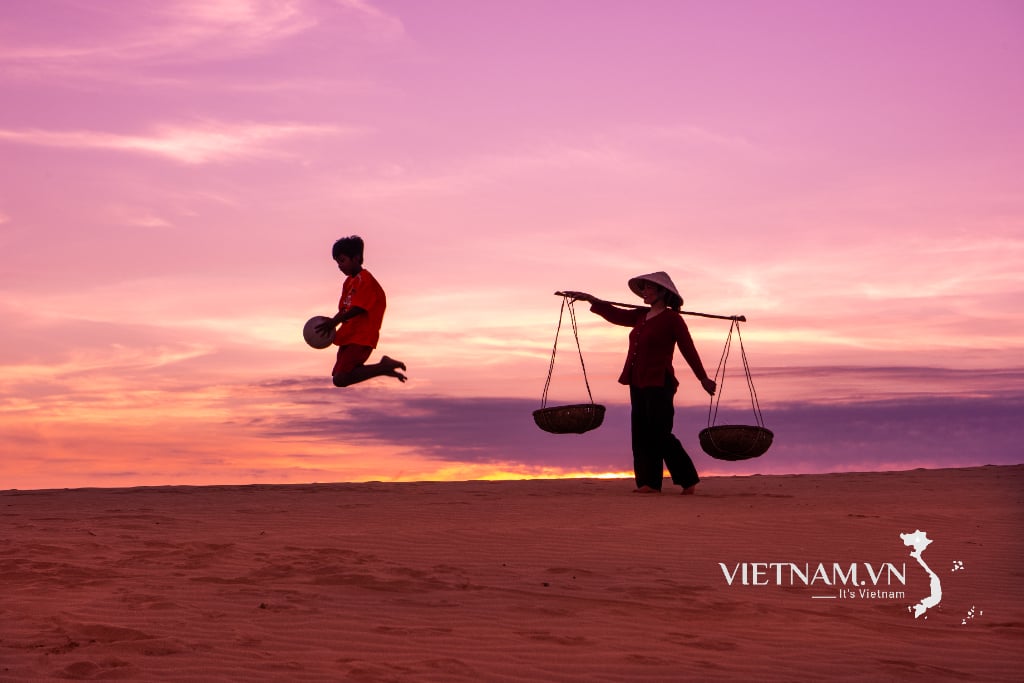
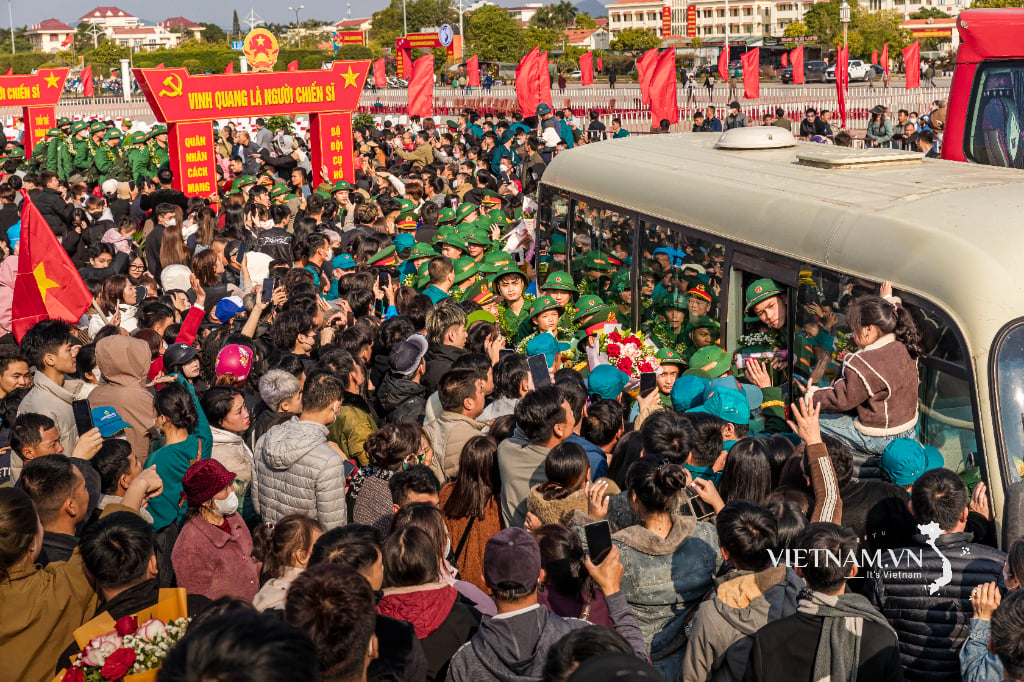
Comment (0)